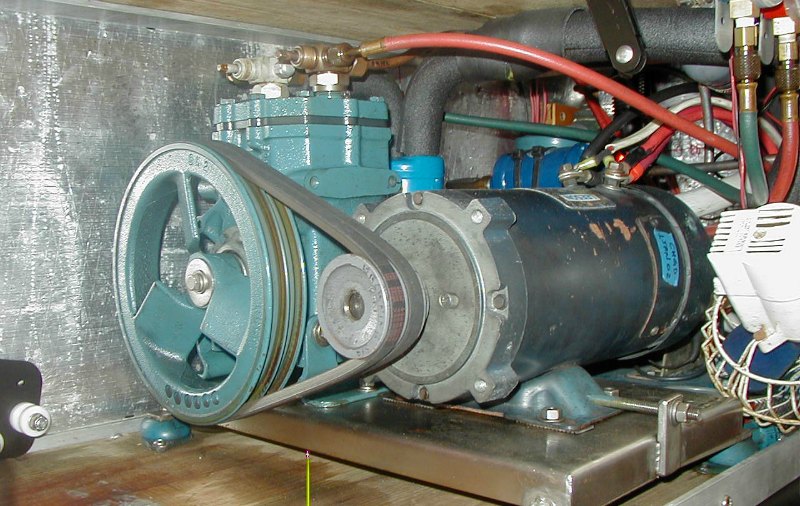Benefits and Applications of Polyurethane Sealants
The polyurethane sealant is the most popular type of heavy-duty binding agents, especially when it comes to construction work. Nevertheless, it is also used across a wide variety of commercial applications and industrial equipment because of its strength and reliability. With the advancement in technology, it is becoming ever stronger and longer-lasting.
On top of being highly durable, this sealant also helps you protect the planet, because it is also environmentally friendlier. So, this sealant owns its popularity partly to this good “trend”, with companies and manufacturers across the globe are looking to becoming greener. Let’s learn a thing or two more about it!
First of All, What Is a Sealant?
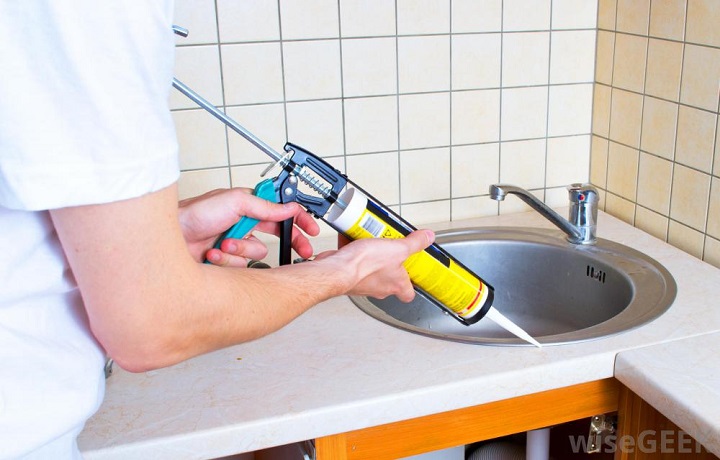
Sealants have applications in many different industries both for industrial and commercial applications. They are an easy and inexpensive solution for aesthetic and functional improvement of structures, protecting them and boosting their longevity. Of course, their purpose is primarily to protect objects, by “sealing” joints or openings, filling gaps in order to prevent fluid, dust, air, insects and so on, from passing through, absorbing the movements of the building materials.
But not only are they used to protect structures, by regulating temperatures and keeping moisture out, but they are also often used to improve aesthetics. In other words, they are also often used to hide imperfections that have occurred during the construction process. In fact, the use of polyurethane sealants is becoming a more and more common sight. So, what is it that makes it good, and why should you start using it?
What Makes Polyurethane a Good Option for a Sealant?
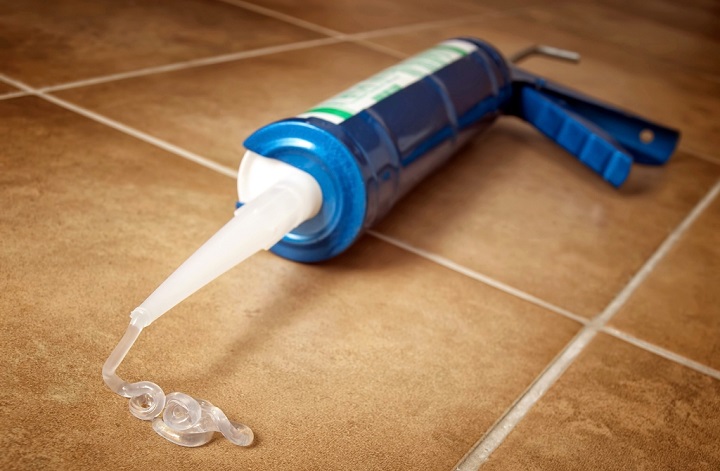
Because it is highly resistant to moisture and corrosion, polyurethane is very useful as a sealant, as well as an adhesive and a binding agent. Unlike silicone, which is an inorganic material, polyurethane is an organic material, a polymer, produced by the reaction of glycol and an isocyanate. This does not make one or the other a better option, as both perform better in different situations.
Nevertheless, polyurethane sealants can be made in different consistencies, giving different configurations different properties and strengths. For instance, it can be made to have a very high tolerance to hot temperatures, or it can be very highly abrasion-resistant.
Furthermore, in comparison, the adhesion strength, as well as the mechanical strength of polyurethane sealer can be increased to much higher levels. It is also more durable than silicone and other options. As a matter of fact, this material has been developing over the years, and it is nowadays considered to be one of the strongest and resilient sealants.
What Is a Polyurethane Sealant Used for?

If you are working in construction, you are probably familiar with the many uses of polyurethane sealant, as well as its abilities and reliable performance. These sealants come with a range of properties that make them so useful, such as hardness, adhesion strength, flexibility, low viscosity etc. They are the most widely used option for construction projects. Polyurethane is used for insulation as a binding agent and adhesive, as well as as an alternative to rubber. More precisely, some of its applications include isolation joints, expansion and control joints, foundation, roofing, gutters etc.
What Are the Benefits of Using a Polyurethane Sealant?
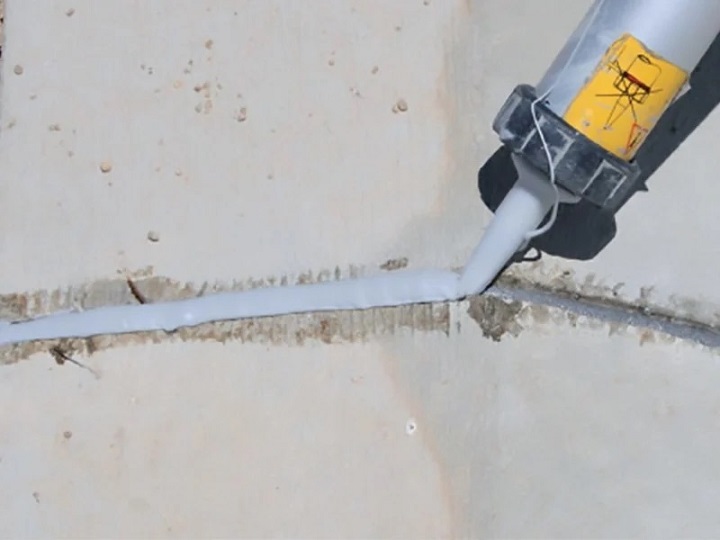
There are many reasons why polyurethane sealants have become such a popular choice for so many applications. With environmental awareness companies around the globe are trying to become more responsible, and the popularity of eco-friendly products, especially the good ones, like this, is increasing as well. Polyurethane is non-toxic, can be recycled, and it also does not produce as much waste. This makes it overall environmentally friendlier than other sealant and adhesive options.
They are highly moisture-resistant, corrosion-resistant, weather-resistant, which is probably the most important property of any material used in construction. They are also resistant to chemicals, as well as abrasions, tears and cracks.
Furthermore, a very obvious reason why these sealants are great for construction is that they are highly flexible. Because of that, as the joints of the structure start contracting and expanding because of external factors, such as the weather conditions, as well as exposure to fluctuating temperatures, the sealant moves with them. A polyurethane sealant has the ability to adhere to many construction substrates, like stone, wood and metal.
What Are the Different Types of Polyurethane Sealants?
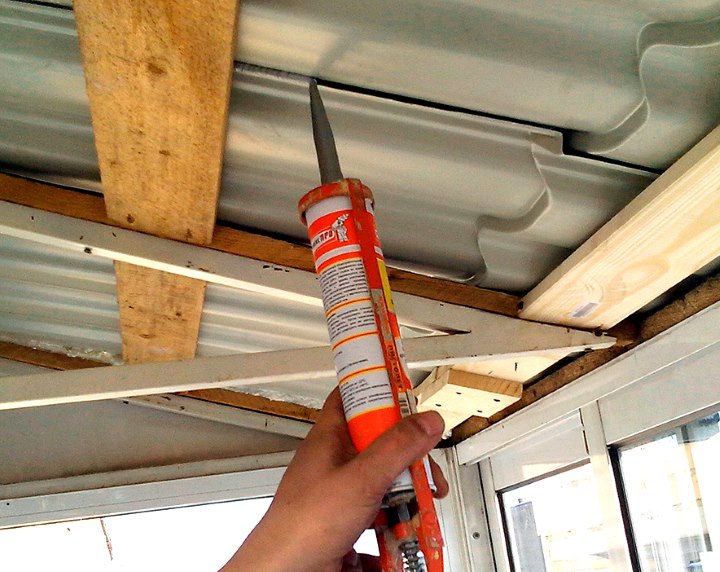
Polyurethane can be used in many ways, and it comes in form of foam, solid or liquid. The sealants made from it can be found as water or latex-based compounds for various applications. They also come in different chemical configurations, and each of them can be more appropriate for different applications – insulations, repairs etc. Some of these chemical configurations are:
- Standard polyurethane sealant;
- Polyurethane construction sealant;
- UV-resistant polyurethane sealant;
- Non-staining polyurethane sealant.

